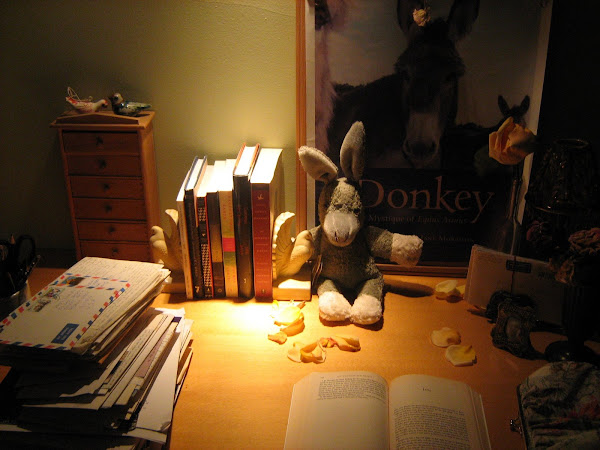
It’s been a year since I turned in a final edit of Bloodroot and the work of writing my first novel was over. That’s when the process of turning my manuscript into a book began, and it has been a long one. Each step toward publication has been exciting, but if I hadn’t found something to occupy my mind, I’m sure the wait would have been torture. At some point, I decided to do what I’ve always done to pass the time. I began to write again.
I had been thinking about my second novel ever since I noticed the tops of silos and the beginnings of old roads leading to a town buried deep under the lake near my house. Its waters cover the original site of a place called Bean Station, one of the earliest settlements in Tennessee, flooded by a dam built in 1940 by the Tennessee Valley Authority. I envisioned the people who had lived in the town of Bean Station, imagined the sacrifices they must have made when it was flooded. Land that had been in families for a hundred years was lost underwater; the bones of loved ones were disinterred and moved; historical landmarks were destroyed. I knew I wanted to explore whether or not progress is always a force for good. All that was left was coming up with a story I loved.

With Bloodroot, I wrote mostly about characters my own age and the mountains as I know them. As my second novel evolved, I decided to go back in time to the land of my grandparents, and even farther back, to the land of the Cherokees who lived here first. Progress drove them from their homes many decades before dams displaced East Tennessee families in the 1930s. Most of us living in this part of Appalachia have blood ties to its native people. My husband’s great-great grandmother was a full-blooded Cherokee, and in my father’s family of eight brothers and sisters, half were born with red hair and pale skin and the other half with black hair and dark skin. I’ve always been interested in the link between Native American heritage and my own. With that link in mind, I dreamed up Annie Clyde Dodson, a strong young woman with Cherokee blood.
Once I had a picture of Annie Clyde in my head, the story came to life. That’s how it always starts for me. The image that began Bloodroot was of a woman called Myra Lamb and her twin children Johnny and Laura living in isolation in the mountain woods, hiding from some kind of danger. With Annie, I saw a deep sadness about her and a fierce determination at the same time. I imagined that her little girl had gone missing in the months before her hometown was to be flooded by a TVA dam, and the plot of my second novel fell into place. While everyone else, even Annie Clyde’s husband, believes her child is dead, she keeps on searching alone. For months I’ve been immersed in Annie Clyde’s world, in her race to find her daughter before the dam gates close and the reservoir begins to rise.
But now it’s time to return to Bloodroot. In the coming weeks of my book tour, I’ll be reading out loud to audiences from the story I wrote what feels like ages ago. I look forward to revisiting it, getting to know the characters all over again. As much as I’ve enjoyed being lost in my second novel these past few months, Bloodroot will always be special. No matter how many novels there are to come, and I hope there are a lifetime of them, there will never be another first one.



